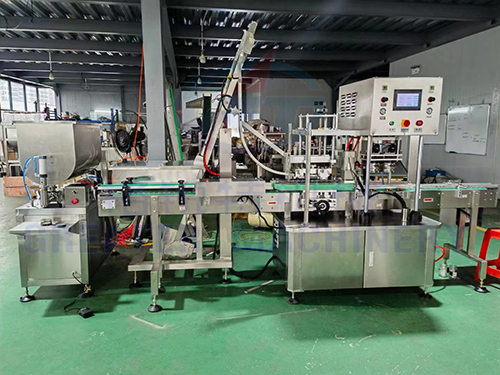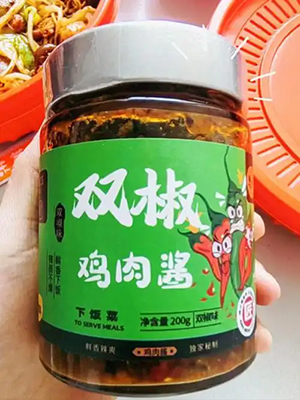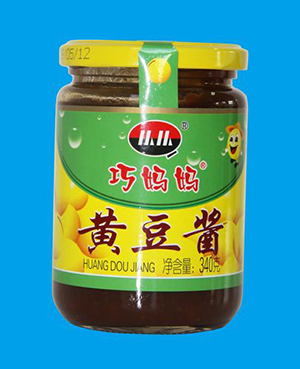News Center
Contact Us
Guangzhou Greater Machinery Equipment Co., Ltd.
+86 18529379000 Peter Xu (WhatsApp/WeChat )
E-mail:xkpacking@gmail.com
Display of capping machine
- Location:
- Home
- »
- News Center
- »
- Display of capping machine
Shrimp seed sauce and steak sauce vacuum capping machine: vacuum packaging equipment
In the food processing industry, vacuum capping machines have become an indispensable key equipment. Whether it's seafood products like shrimp seed sauce or seasonings like steak sauce,
vacuum capping machines can extend the shelf life of products and maintain the original flavor of the food.
This article will provide a detailed introduction to the application advantages of vacuum capping machines in these two types of products.
For high protein seafood products such as shrimp seed sauce, the role of vacuum capping machine is particularly prominent. Shrimp seed sauce is rich in protein and fat, and is prone to oxidation and spoilage. Traditional packaging methods are difficult to completely isolate air, leading to issues such as discoloration and odor during product storage.
The vacuum capping machine can use vacuum technology to remove oxygen from the bottle and control the residual oxygen level below 1%. This not only delays the oxidation reaction,
but also inhibits the growth and reproduction of aerobic microorganisms. After testing,
the shrimp seed sauce packaged with a vacuum capping machine can extend its shelf life to 12 months at room temperature, while maintaining good color and flavor.
The packaging of steak sauce also faces challenges. These types of seasonings usually contain a large amount of spices and oils, and are highly sensitive to oxygen and light.
The vacuum capping machine not only achieves good sealing effect, but its capping pressure control system can also ensure the sealing consistency of each bottle of product.
It is worth mentioning that modern vacuum capping machines are generally driven by servo motors,
and the capping torque can be precisely controlled within the range of 0.8-2.5N · m. This ensures sealing reliability and avoids bottle cap deformation caused by excessive tightening.
Prototype display of fully automatic vacuum capping machine:

When choosing a vacuum capping machine, food companies need to pay attention to the following technical parameters:
Firstly, the vacuum level can reach -0.08MPa to -0.1MPa; Next is production efficiency, with current mainstream models capable of producing 30-60 bottles per minute; Furthermore, in terms of applicability, good equipment should be compatible with glass and plastic bottles of different specifications. In addition, the degree of automation of the equipment is also crucial. Fully automatic models can achieve continuous operations such as automatic capping, vacuuming, and capping.
In terms of maintenance, the vacuum capping machine needs to regularly check the oil level of the vacuum pump, clean the sealing strip, and lubricate the transmission components. It is recommended to perform a simple maintenance on the equipment every 8 hours of production and a comprehensive overhaul every quarter. Proper maintenance can not only extend the service life of equipment, but also ensure the stability of packaging quality.
With the development of the food industry, vacuum capping technology is also constantly innovating. At present, manufacturers have launched models with nitrogen replacement function, which inject nitrogen after vacuuming to further reduce residual oxygen. Some models are equipped with visual inspection systems that can automatically remove products with poor sealing. The application of these new technologies has provided better quality assurance for products such as shrimp seed sauce and steak sauce.
Sample display of fully automatic vacuum cappingmachine:


The vacuum capping machine provides a reliable packaging solution for seasonings and seafood products with its excellent sealing performance. When selecting equipment, food companies should choose the most suitable model based on their own product characteristics and production needs, and establish a comprehensive maintenance system. Only in this way can the performance advantages of the equipment be fully utilized to ensure product quality.

